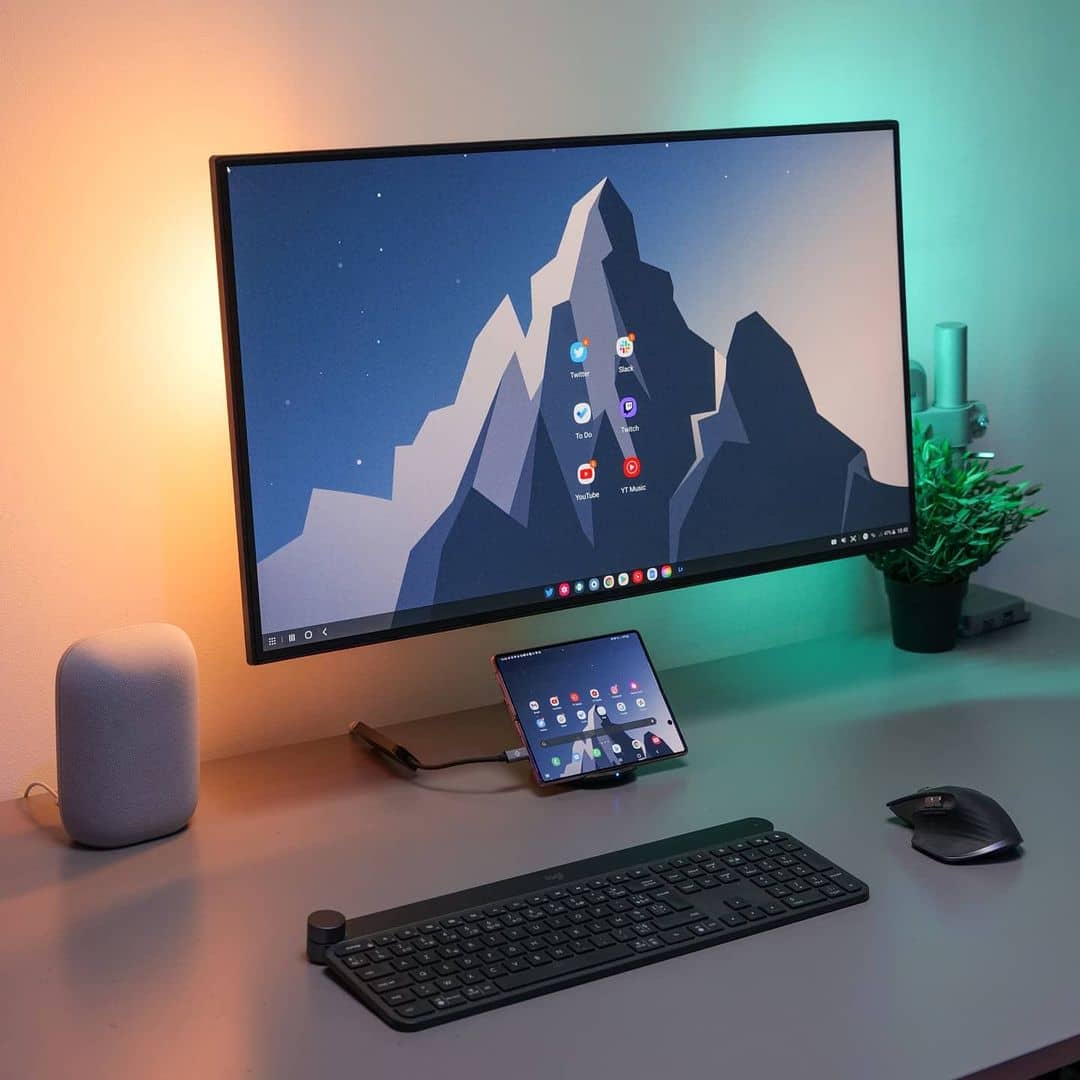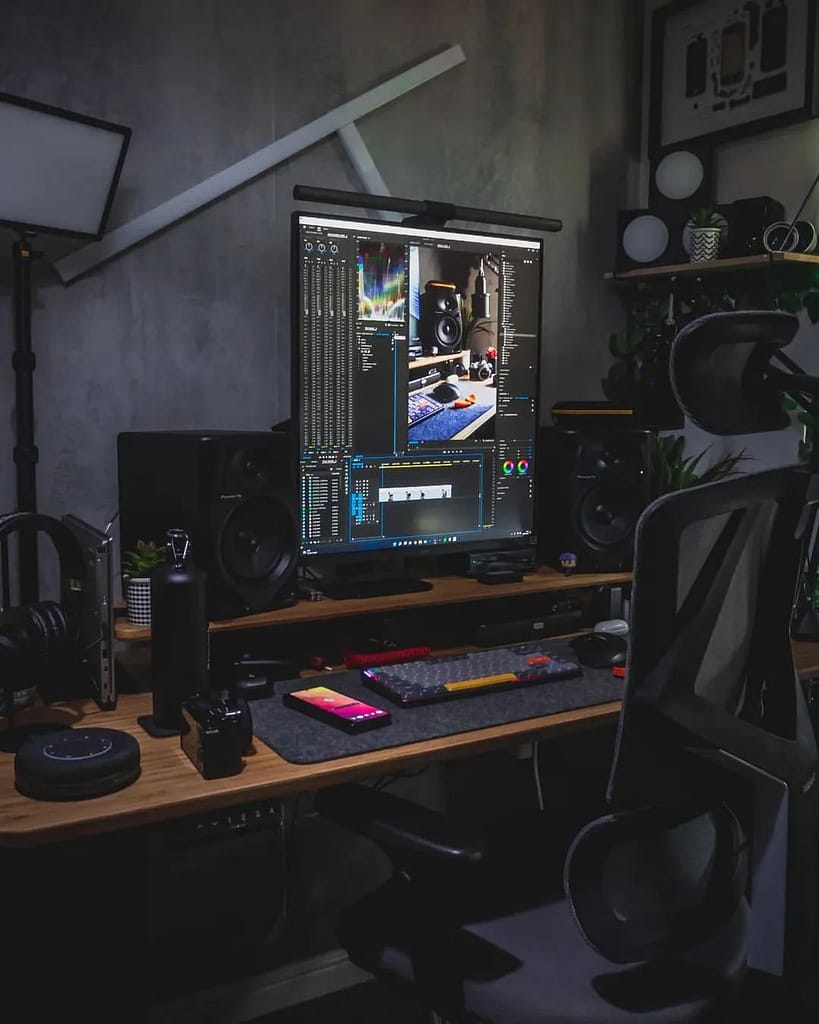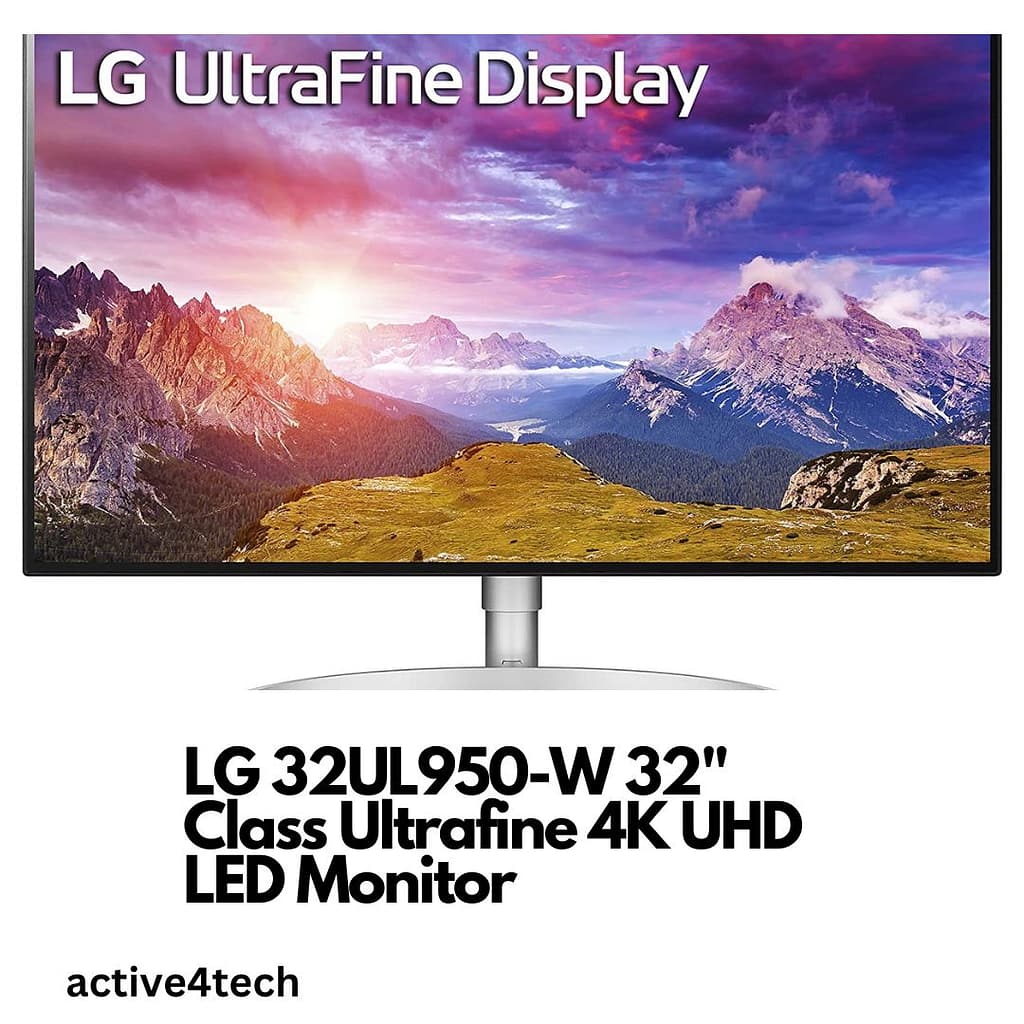Basic monitor terminology
There are a couple of terms you need to understand before we get into the different types of monitors.
Resolution: The Number of pixels (Picture element) that are used to draw your screen image, just like TVs. Most monitors are high-definition (HD), 2K or 4K, UHD.
Refresh rate: Measured in hearts (Hz), this is the number of times the image refreshes per second.
Response rate: Commonly called ‘input lag’, this generally refers interacting with the keyboard/ mouse and seeing the action on screen. Slow response times can create blurry images or show ghosting but the average eye is unlikely to notice the differences between one and five milliseconds.
Aspect ratio: Almost all monitors came in same 16:9 configuration as TVs these days you can find some ultra-wide 21:9 screens which add extra horizontal space.
The differences between LCD and LED technology are huge factors in determining what works for your end-goal and budget.
Types of monitors
Computer monitors full into three broad categories.
Each uses: LCD, LED or OLED panel technology
LCD VS LED
The differences between LCD and LED technology are huge factors in determining what works for your end-goal and budget.
LCD: Liquid-crystal display (LCD) technology was first on the scene for TVs but didn’t come to computer monitors until the mid-90s. The name comes from the fact that these displays have screens that consist of two pieces of glass that house liquid in between them. From there, the screen is divided into thousands upon thousands (sometimes millions) of rows and columns, better known as pixels (a term coined in the 1960s to abbreviate “picture element”).
LED: Technically, LED displays are also LCD monitors since they have the same liquid between their two-piece glass screens. The difference lies within the hardware that’s used to shoot out the image. Light-emitting diodes (LEDs) are used in place of a LCD display’s fluorescent lamps. Because of this, LED monitors are brighter and consume less power than LCD screens, ultimately boasting a lifespan of about 50,000 hours
Standard office monitor
Consumers-grade monitors that range from roughly 24-30 inches.
The Best Computer Monitors You Can Buy Today
LG DUALUP
The LG DUALUP Monitor 28MQ780 is taller than it is wide, which allows you to stack up your windows horizontally rather than side-by-side (though that is an option as well), which in turn minimizes head and neck movements. And, it is much more comfortable to use for multitasking, whether you’re dealing with just one source computer or two.
LG DUALUP 28MQ780 SPECS
Panel Type/ Backlight | IPS / W-LED, edge array |
Screen Size / Aspect Ratio | 28 inches / 16:18 |
Max Resolution & Refresh Rate | 2560×2880 @ 60 Hz |
Native Color Depth & Gamut | 10-bit / DCI-P3 |
Audio | 3.5mm headphone output |
USB 3.0 | 1x up, 2x down |
Power Consumption | 28.8w, brightness @ 200 nits |
Panel Dimensions WxHxD w/base | 19 x 23-27.9 x 12.7-20.1 inches (482 x 584-709 x 323-511mm) |
Panel Thickness | 1.7 inches (42mm) |
Weight | 19.8 pounds (9kg) |
Refresh rate | 60Hz |
USB-C charging power | 90W |
Curve | None |
Pros
- Unique Shape
- Large and accurate color gamut
- High pixel density
- Makes many workday task and easier
- Flexible KVM and PBP options
Cons
- No Extra contrast for HDR contents
LG32UL950
The LG 32UL950-W is good 32 IPS monitor with great screen and 4K resolution
Pros
- Image remains accurate when viewed at angle
- Good for gamin with free Sync support and low input
- Great Screen real estate
Cons
- Poor dark room performance
- Pwn flicker in the back light
The LG 32UL950-W is good monitor for most uses: The stand can’t swivel, but it has good viewing angles, great SDR peak brightness, And good reflections hand lug.if you need to buy you can get amazon.






